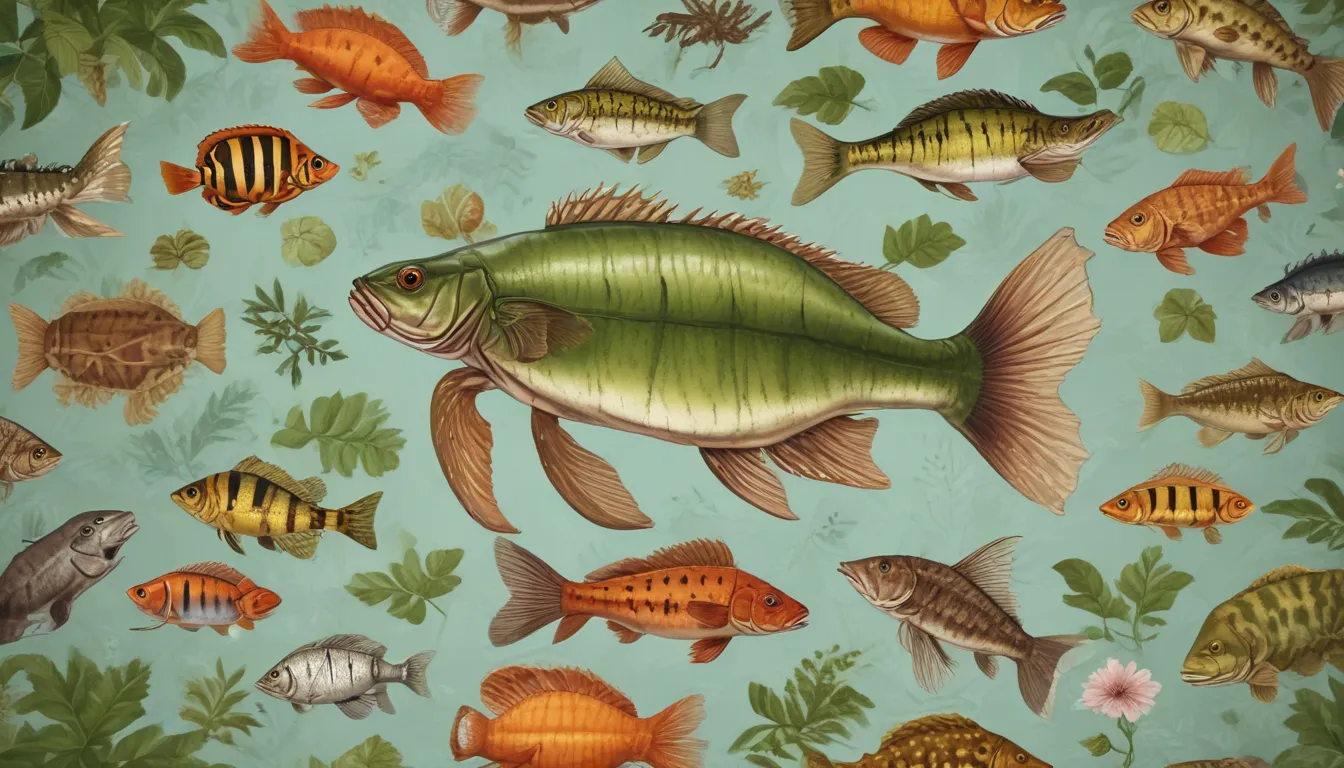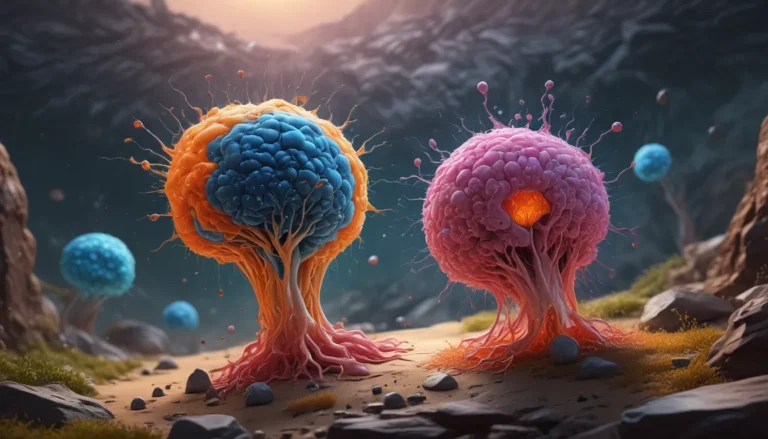A Note About Images: The images used in our articles are for illustration purposes only and may not exactly match the content. They are meant to engage readers, but the text should be relied upon for accurate information.
Invasive species are rapidly becoming a major concern in the field of biology, showcasing their capacity to wreak havoc on ecosystems and native species. These non-native organisms have the remarkable ability to adapt and thrive in new environments, often leading to detrimental consequences for the surrounding ecosystem. From plants to animals, invasive species have the potential to disrupt the delicate balance of various ecosystems across the globe. In this article, we will delve into 14 intriguing facts about invasive species, shedding light on their adaptability, destructive tendencies, and the ongoing efforts to manage and prevent their spread. Join us on this journey into the captivating world of invasive species, and discover why they continue to captivate the attention of scientists, environmentalists, and the general public alike.
Understanding the Impact of Invasive Species:
-
Invasive species can cause significant ecological and economic damage by disrupting native ecosystems, outcompeting native species for resources, altering habitats, and even driving native species to extinction. This disruption can lead to a loss of biodiversity and disturb the delicate balance of ecosystems. Furthermore, invasive species can also have adverse effects on local economies, impacting industries such as agriculture, forestry, and tourism.
-
One key factor that contributes to the success of invasive species in new environments is the absence of natural predators or control mechanisms. Without natural enemies to keep their populations in check, invasive species can rapidly multiply, leading to further disruptions in the ecosystem.
Human Activities and the Spread of Invasive Species:
-
The introduction of invasive species is predominantly facilitated by human activities such as international trade, travel, and transportation. Whether inadvertently through the transport of stowaway organisms or intentionally through the release of non-native species for agricultural purposes, human actions play a crucial role in introducing invasive species to new environments.
-
Some invasive species can pose risks to human health by carrying diseases or parasites that are transmissible to humans. For example, the Asian tiger mosquito, found in many parts of the world, is known to transmit diseases like dengue fever and Zika virus, highlighting the potential health risks associated with invasive species.
The Complexity of Invasive Species Dynamics:
-
Not all non-native species become invasive, as many can coexist peacefully with native species without causing significant harm. The distinguishing factor lies in the ability of certain species to outcompete native species and disrupt ecosystems, a characteristic that classifies them as invasive.
-
Some invasive species, particularly plants like cheatgrass, can alter the fire regime in ecosystems, increasing the frequency and intensity of wildfires. This has detrimental effects on native plant and animal populations, as well as on human communities residing in fire-prone areas.
Addressing the Challenges Posed by Invasive Species:
-
Climate change can facilitate the spread of invasive species as global temperatures rise, enabling invasive species to expand their ranges into previously unsuitable regions. This further displaces native species and exacerbates ecosystem imbalances, emphasizing the interconnected nature of invasive species dynamics and environmental factors.
-
The economic cost of managing invasive species is substantial, with efforts to prevent, monitor, and control invasions totaling over $120 billion annually in the United States alone. These costs encompass a range of activities aimed at mitigating the impacts of invasive species on ecosystems and economies.
Strategies for Managing Invasive Species:
-
Early detection and rapid response are vital in effectively managing invasive species, as once established, they can be challenging to control and eradicate. Proactive monitoring and intervention strategies are essential in preventing the spread of invasive species and minimizing their negative impacts on ecosystems and communities.
-
Global collaboration is imperative in addressing the issue of invasive species, given their transboundary nature. By sharing knowledge, best practices, and resources among countries, international cooperation can enhance invasive species management strategies and improve the overall effectiveness of prevention and control efforts.
Promoting Public Awareness and Education:
-
Increasing public awareness about the impacts of invasive species is crucial in preventing their spread. Educating individuals on the risks associated with invasive species and encouraging responsible behavior can play a significant role in protecting native ecosystems and biodiversity from the threats posed by invasive species.
-
Public awareness and education are key components of efforts to prevent the introduction and spread of invasive species, empowering individuals to take appropriate actions to safeguard the environment and mitigate the negative impacts of invasive species.
Conclusion: Empowering Change Through Awareness and Collaboration
Invasive species represent a significant challenge to ecosystems and human activities worldwide, highlighting the need for effective management strategies and collaborative efforts to address this global issue. By understanding the impacts and dynamics of invasive species, we can take proactive steps to prevent their introduction and control their populations when necessary. Through global cooperation, research, and education, we can work towards a future where ecosystems are protected from the disruptive effects of invasive species.
FAQs: Answering Common Questions About Invasive Species
Q: What are invasive species?
A: Invasive species are non-native organisms that enter or are introduced into a new environment, where they can rapidly reproduce and outcompete native species, causing ecological and economic harm.
Q: How do invasive species spread?
A: Invasive species can spread through natural dispersal, human activities such as trade and travel, intentional or accidental release, and environmental changes.
Q: What are the impacts of invasive species?
A: Invasive species can disrupt ecosystems, reduce biodiversity, outcompete native species, alter food webs, degrade habitats, and affect human health and economic activities.
Q: How can we prevent the introduction of invasive species?
A: Preventing the introduction of invasive species involves measures like strict quarantine regulations, public awareness campaigns, adherence to international standards, and responsible behaviors during travel and trade.
Q: How are invasive species managed?
A: Strategies for managing invasive species include early detection, rapid response, biological control, physical or chemical removal, habitat restoration, and integrated pest management tailored to specific species and ecosystems.
By delving into the intricate world of invasive species and understanding the challenges they pose, we can collectively work towards protecting ecosystems and preserving biodiversity for future generations. Through collaboration, awareness, and education, we can empower positive change and ensure a harmonious coexistence between native and non-native species in our shared environment.






